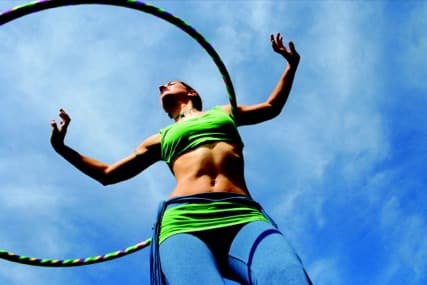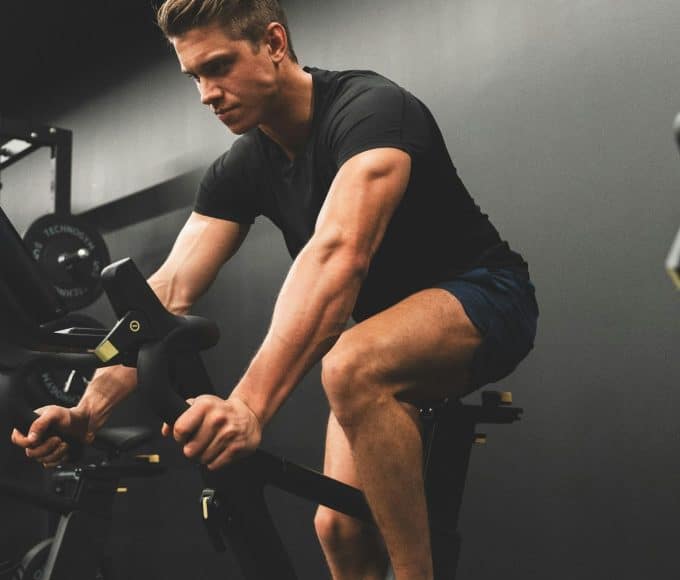Everyone can benefit from more exercise. Even a person at her target weight can enjoy the health benefits of regular cardiovascular exercise, like decreased risk of heart disease, higher energy, and greater flexibility. Despite this, many people have a hard time motivating themselves to work out. Exercising is hard work, and the same old calisthenics routines grow boring fast.
In order to combat boredom, many people have started turning to alternative types of exercise. One method that’s gaining in popularity lately, especially women, is “hooping.” Hooping is essentially a high-class evolution of the Hula Hoop games popular in the 1950s; the hoops are larger than the child’s toy and weighted different in order to rotate slower, and hooping actions involve several types of choreographed movements.
Who’s Hooping?
Many gyms offer hooping classes, often as part of a Pilates program or as a separate offering. Some locations even have hooping-specific studios. For those not brave enough to venture into a group setting, hooping routine videos are available for people to try out in their living rooms.
Many high-profile women are hoopers, including First Lady Michelle Obama and pop star Beyoncé. Although many people associate hooping with women, men are equally capable of joining in: Shaquille O’Neill is a dedicated hooper, and the popular hooping website HoopGuy.com is run by a man named John Parnell who became familiar with the program through a circus skills class.
How Does Hooping Compare to Other Exercises?
Researchers at the Exercise and Health Program at the University of Wisconsin, La Crosse, created a study of hooping to confirm the aerobic potential of the exercise. In the study, 16 women were asked to complete a 30-minute hooping routine; during the routine, the participant’s heart rates and oxygen consumption levels were carefully monitored.
The results surprised some researchers: Hooping burns an average of 210 calories per 30-minute session, putting it on par with boot camp aerobics and kickboxing class. In some ways, hooping is even better than other aerobics. The movement tones abdominal muscles and strengthens the core, improving flexibility and reducing the incidence of back pain. Hooping also works the hips and thighs, and develops coordination in hoopers. Women especially will appreciate hooping’s effect of strengthening the pelvic wall; many people report that their sex lives improved after they started hooping.
Hooping is also a low-impact workout. Since there’s no jumping or running involved, people with joint problems can enjoy the benefits of a cardiovascular workout without risking damage to their knees or ankles. Even pregnant women and elderly people can partake in hooping programs with minimal risk.
Hooping may not be the ideal workout for everyone, but for those who are looking for an alternative to their usual fitness routine, hooping can be a great fitness program. Even people who can’t participate in high-impact aerobics might enjoy hooping. With so many health benefits and no real drawbacks, hooping really does deserve its surge in popularity.
Citations:
A good fitness routine goes a long way towards enhancing any diet plan, whether it be a low fat, Mediterranean or 17 day diet plan. Visit LowFatDietPlan.org to learn more about exercises proven to burn calories and help you lose weight.














